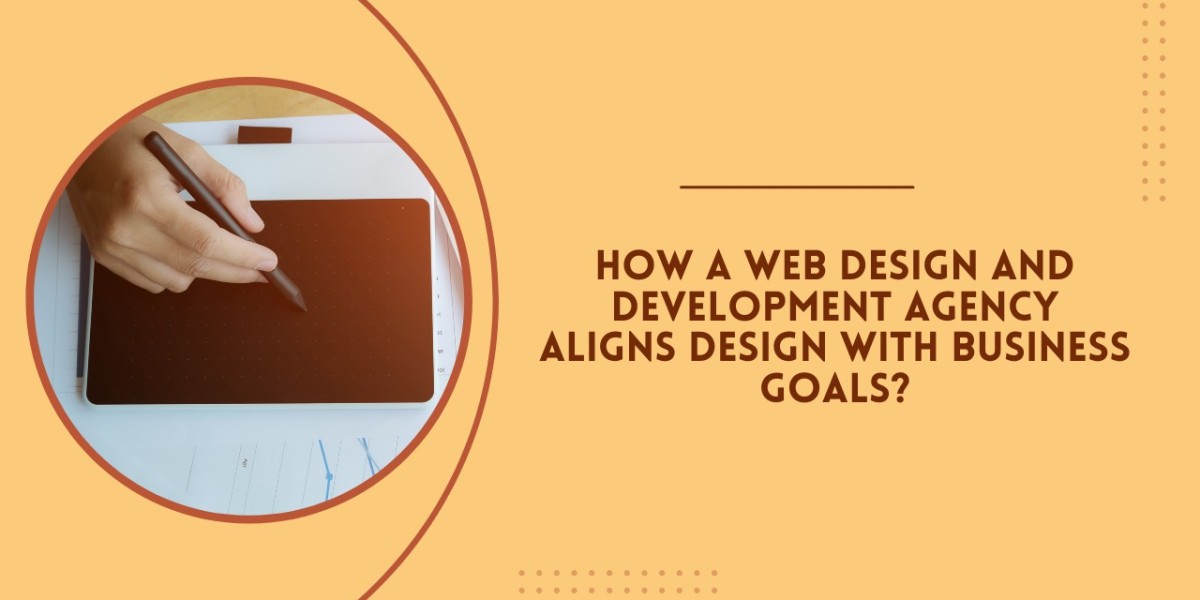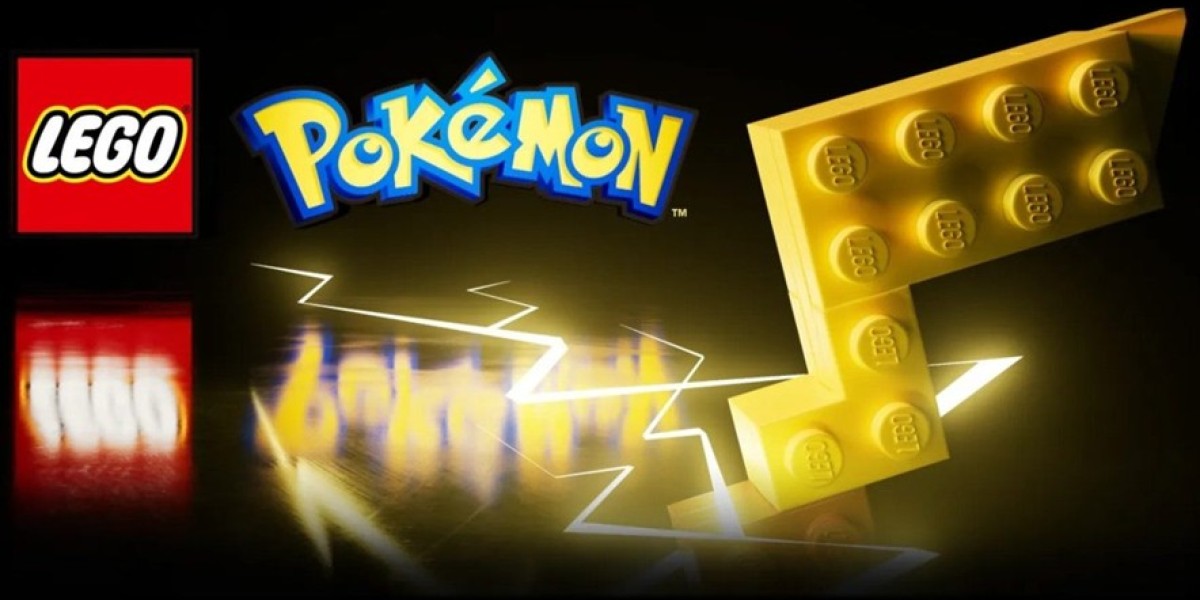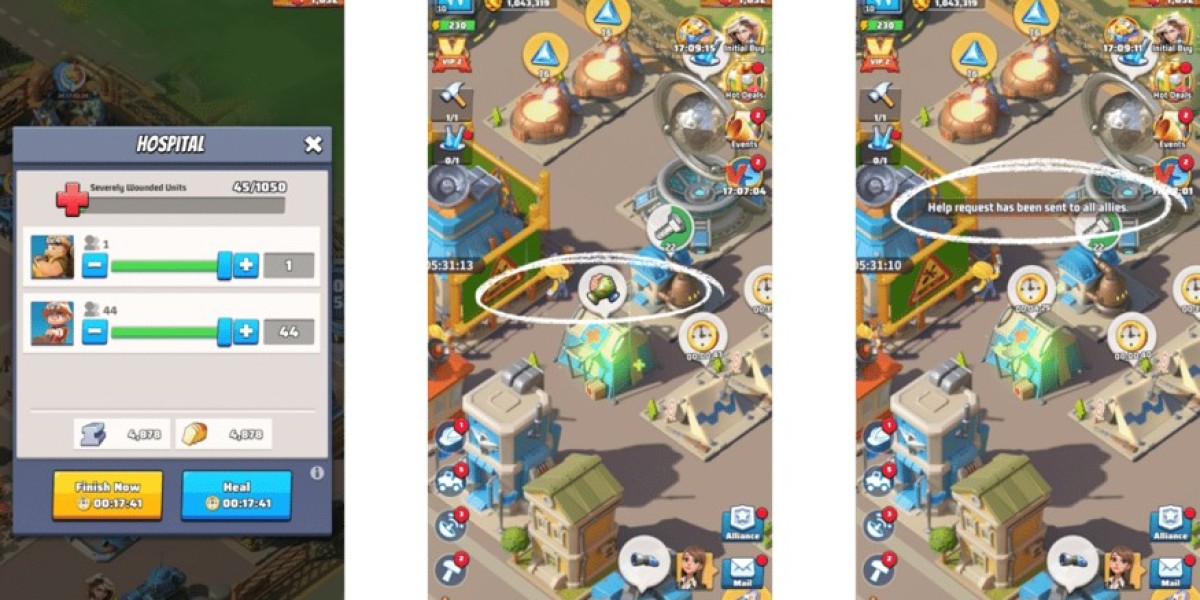When people hear the word “design,” they often think about how something looks. But in the world of websites and digital products, design is about more than just visuals—it’s about strategy. It’s about creating an experience that not only looks good but also helps a business grow.
This is where a web design and development agency plays a powerful role. The best agencies don’t just make websites—they create solutions that are carefully aligned with your business goals. Whether you want to generate leads, increase sales, build brand trust, or improve user engagement, your website should support those goals at every step.
So how exactly does a web design and development agency make that happen? Let’s dive in.
1. Understanding the Client’s Business First
Before any design work begins, a good agency takes time to understand your business. This includes:
What your business does
Who your target audience is
What your short-term and long-term goals are
What challenges you’re facing
What makes your brand different
This discovery phase is not optional—it’s essential. Without this, design is just guesswork. With it, every design decision can be rooted in purpose.
✅ Example:
If your goal is to increase product sales, the agency might recommend a layout with clear CTAs, product highlights on the homepage, and a seamless checkout process. If your goal is brand awareness, they might focus more on storytelling, visuals, and blog integration.
2. Turning Goals into Measurable Design Objectives
Once the agency understands your goals, the next step is translating those goals into design elements. These could include:
Increasing conversion rates → Strong CTA buttons, trust-building sections
Building trust → Client testimonials, case studies, awards
Growing brand awareness → Bold branding, blog sections, SEO-focused layout
Educating customers → Clear navigation, helpful content structure
These objectives guide every part of the design process. The focus shifts from "What looks nice?" to "What gets results?"
3. Designing with the End User in Mind
Your business goals can’t be achieved if your website doesn’t meet the needs of your users. That’s why agencies spend time creating user personas—profiles that represent your ideal customer. These help guide decisions like:
What kind of content to show
What tone of voice to use
What features or tools to include
How to organize the site navigation
✅ Why This Matters:
If your main audience is busy professionals, the design needs to be fast, simple, and direct. If your users are younger or more visual, the site may focus on animation, videos, and clean mobile experiences.
The best web design and development agencies strike a balance—they meet the needs of your users while still keeping your business goals front and center.
4. Using Data and Research to Guide the Design
Top agencies don’t rely on trends alone—they back up their choices with real data.
This can include:
Website analytics from your current site
Industry benchmarks
Heatmaps and session recordings
A/B testing
User feedback
This information helps answer key questions:
What are users struggling with?
Which pages get the most attention?
Where are people dropping off?
What content performs best?
By studying this data, agencies can design a site that avoids past problems and guides users toward the actions you want them to take.
5. Building Smart, Scalable Design Systems
Design isn’t just about individual pages—it’s about creating a flexible, consistent system that grows with your brand. A smart agency will:
Create reusable components (like buttons, forms, banners)
Use design systems and style guides
Choose scalable platforms like WordPress, Webflow, or custom CMS
Ensure the site is easy to update without breaking the design
This means you won’t have to redesign your site every time your business grows or shifts direction. A scalable design supports long-term business goals.
6. Integrating Design with Marketing and Sales Strategies
A website doesn’t work in isolation—it’s part of your larger marketing and sales engine. That’s why great agencies align web design with your marketing funnel.
They’ll make sure the site supports:
Lead generation (with forms, landing pages, and lead magnets)
SEO (with proper structure, keywords, and content blocks)
Email marketing (with opt-in forms and integrations)
Paid campaigns (with optimized landing pages)
And they don’t stop at launch. Many agencies offer ongoing support—optimizing pages based on new campaigns, user behavior, or business shifts.
7. Focus on UX (User Experience) That Supports the Journey
Good UX doesn’t just “look nice”—it helps users move through your site with ease. Every button, menu, image, and scroll should lead somewhere meaningful.
A user-centered design helps:
Reduce bounce rates
Increase conversions
Improve customer satisfaction
Build brand loyalty
When your design works hand-in-hand with your business goals, your website becomes your most powerful tool—not just a digital brochure.
8. Designing for Conversion Without Being Pushy
Sales-focused design doesn’t mean shouting “BUY NOW” at every corner. The best agencies understand how to gently guide users toward action—whether it’s filling out a form, booking a demo, or completing a purchase.
They use:
Smart layout hierarchy
Emotional triggers in content
High-converting CTA buttons
Trust signals (testimonials, reviews, badges)
Easy-to-follow navigation
This approach creates a natural flow from interest to action, supporting both the user and your business outcomes.
9. Aligning With Your Brand Identity
A business goal often tied to design is brand consistency. Whether you're a tech startup or a law firm, the design needs to reflect your values, personality, and tone.
A strong agency helps translate your brand identity into:
Typography and colors
Logo placement
Imagery style
Voice and tone of copy
Visual hierarchy and spacing
This ensures that your website feels like an extension of your brand, not just a separate digital tool.
10. Setting Up the Right Metrics to Measure Success
Once the site goes live, the agency’s job isn’t over. They help you measure how well the design is supporting your business goals through:
Conversion tracking
Bounce rates
Scroll depth
Time on page
Goal completions (form fills, purchases, etc.)
These insights help you decide what’s working, what’s not, and what to improve next. This way, your site keeps evolving with your business.
11. Case Study Example (Fictional)
Let’s say you run a fitness brand, and your goal is to sell online coaching programs. You hire a web design and development agency. Here’s how they align design with your goal:
They simplify your homepage to highlight your best programs
Add bold CTA buttons like “Book a Free Trial”
Optimize the mobile design for busy users on the go
Create landing pages that match your ad campaigns
Build a blog with SEO-focused content to drive organic traffic
Set up tracking tools to measure sign-ups and conversions
The result? A design that looks good and gets you more leads and customers.
Final Thoughts
The best web design and development agency do more than make your site look nice—they build digital tools that actively support your business goals.
From the first conversation to the final design, they ask the right questions, use data to guide decisions, and always keep the user journey in mind. Top agencies offering Web Design and Development Services focus on solutions that not only look good but also drive results—whether that’s more leads, better branding, stronger SEO, or higher sales.
If your current website isn’t pulling its weight, it may be time to work with a team that knows how to design with purpose.
Because when design and business goals are aligned, that’s when real growth happens.








